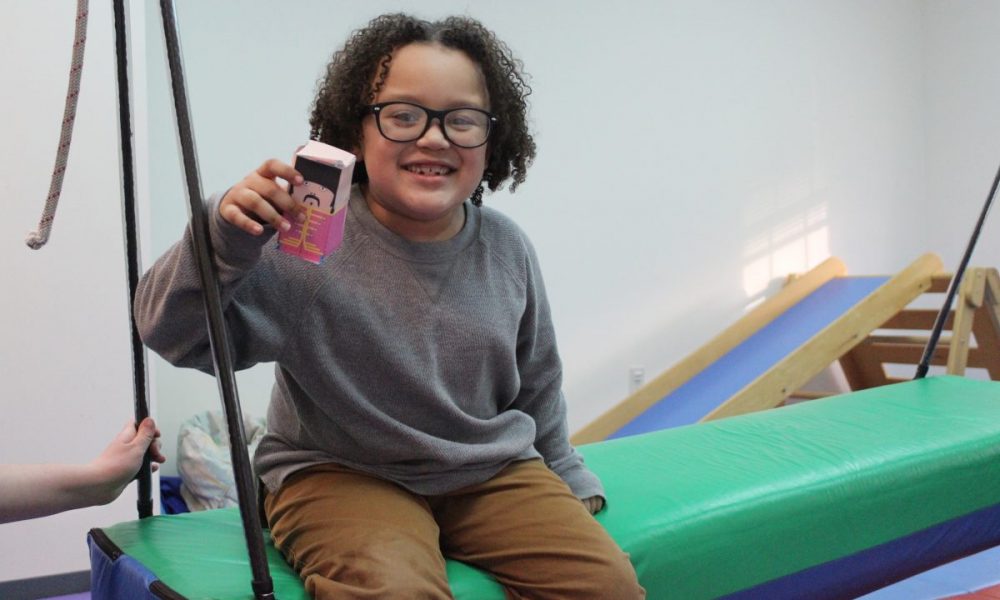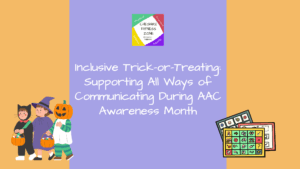SIGHT VS. VISION
It is important to understand the difference between sight and vision. Sight is the ability to see or how clearly one sees. Vision is the ability to process and interpret information from the eyes. Someone who has 20/20 eyesight can have visual processing difficulties which can affect a variety of functional skills.
SIGNS OF DECREASED VISUAL PROCESSING SKILLS
- Tilts or moves head during reading or writing tasks
- Covers or shuts one eye during reading or close work
- Skips words or loses place when reading or writing
- Rubs eyes, has watery eyes, states their eyes are tired during reading or writing
- Poor handwriting, spacing of words
- Reversing letters and or numbers
- Difficulty copying drawings or words
- Becomes overwhelmed or frustrated with schoolwork
WHAT TO DO IF YOUR CHILD IS DEMONSTRATING SYMPTOMS OF VISUAL PROCESSING DEFICITS
- Referral for an Occupational Therapy Evaluation and a Behavioral Optometry Evaluation
- OT will evaluate gross and fine motor skills, sensory processing skills, visual perceptual skills
- Behavioral Optometrist will evaluate acuity, oculomotor skills, convergence skills, accommodative skills, binocular skills which can impact functional skills
- Vision Therapy, Lenses, Visual Strategies
- The Behavioral Optometrist may recommend lenses and/or vision therapy to strengthen functional visual system.
- The OT’s can collaborate with the Optometrist to assist with carryover functional visual activities. The OT’s can teach children visual strategies to help make functional tasks less stressful.
INCREASED SCREEN TIME AND THE VISUAL EFFECTS ON CHILDREN:
During this time of distance learning and teletherapy, you many hear complaints of headaches and eye fatigue. Some strategies include using blue light filtered glasses to block the light that can cause these isseus. Also, taking breaks every 20-30 minutes from computer time can be beneficial.



